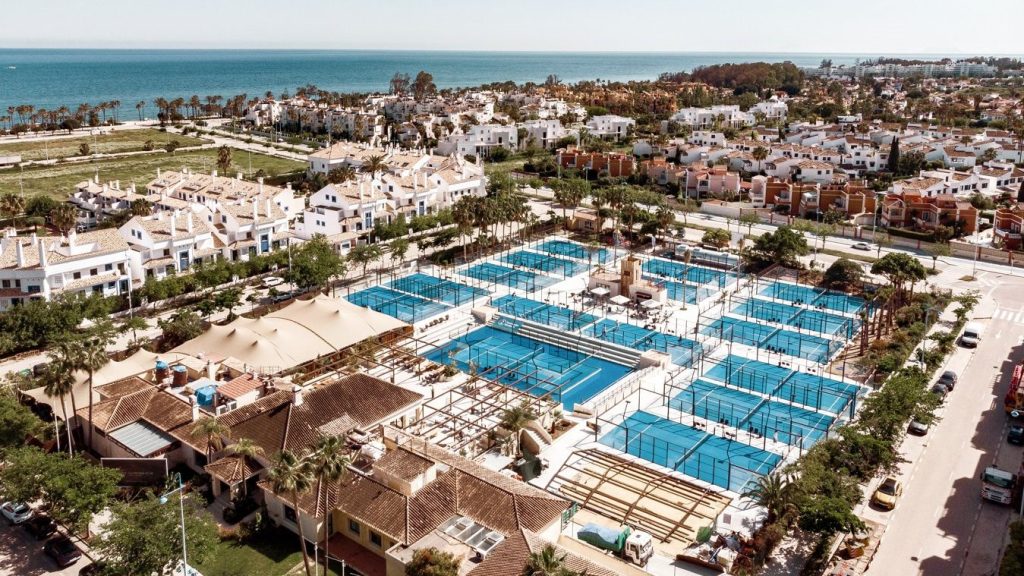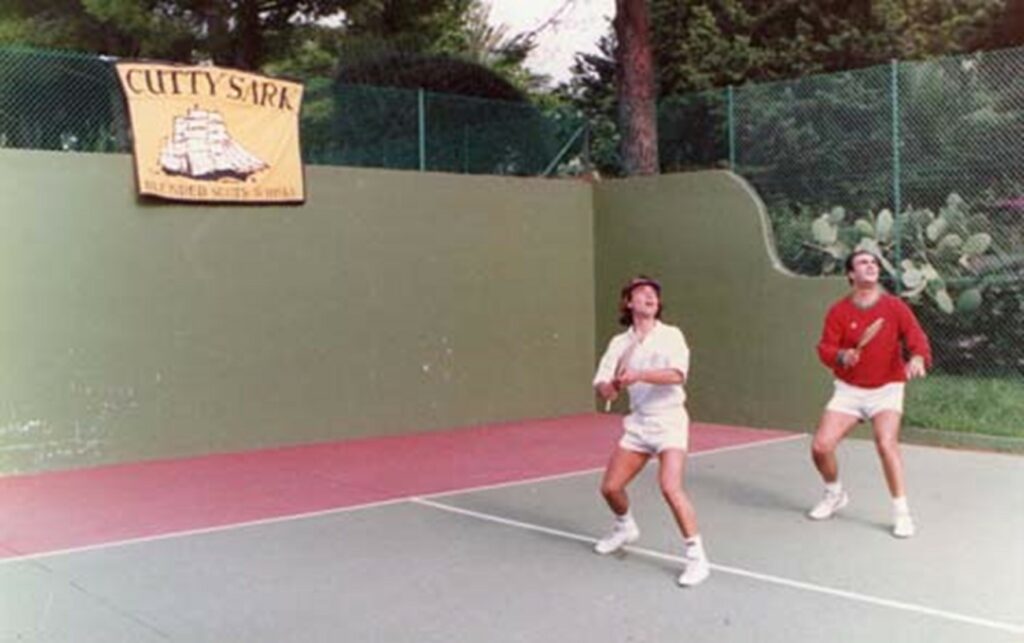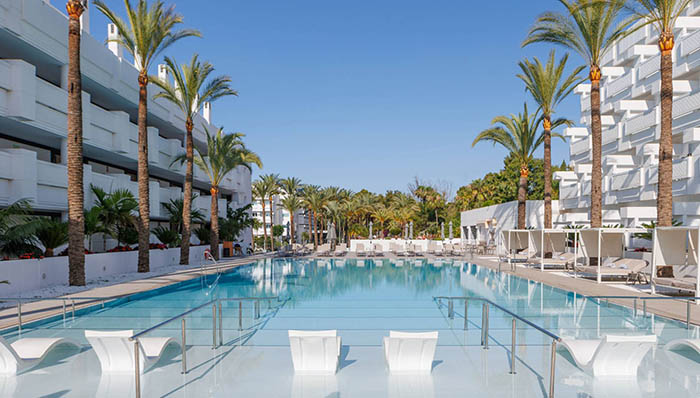Marbella, the paddle mecca
No one doubts when they say that the Marbella patent is the patent of quality of life, leisure and enjoyment. Our Mediterranean enclave has always been a dream place where everyone wants to live or just enjoy a few days’ holiday. However, there is another great invention that the city rarely claims as its creator and ambassador, although history proves otherwise. We are talking about paddle, a sport ‘made in Marbella’ that has already spread all over the world.

It all began in 1969, more than 9,300 kilometres away from Alanda Marbella Hotel, in the exclusive Las Brisas neighbourhood in Acapulco (Mexico). Enrique Corcuera, a local businessman keen on racket sports, adapted the squash wall of his home to add elements of tennis and its variants, such as the American platform tennis. He incorporated a wall opposite the squash one, closed the lateral sides with lower walls and added a net in the middle, creating a sort of closed and smaller tennis court. With this reform, Corcuera also ensured that the balls did not leave the court, nor did the tropical vegetation invade the space.
During the matches, Corcuera and his guests realised that the games were more fun and fluid when the ball was hit after bouncing off the walls. Unwittingly, his improvised inventions gave birth to paddle and to the standards of the playing field.
Five years later, in 1974, Enrique received a visit from his friend Alfonso of Hohenlohe, the main promoter and hotelier of the luxury Marbella at that time. Excited about Corcuera’s new hobby, Alfonso decided to take the idea back to Marbella. He built in his hotel the first two paddle courts in Europe, adding modifications to both the field and the rules of the game. Also unwittingly, Alfonso was establishing the attractiveness of the sport among his guests, as well as the initial formalities of the sport.
Alfonso of Hohenlohe’s international, select and wealthy social circles, together with the furore over the golden Marbella of the 1970s, boosted the expansion and fame of the sport throughout South America and Europe. And the Costa del Sol became the epicentre of this new activity.
Those first two courts in Marbella cemented an ‘in crescendo’ fashion that today continues to gain fans, members, organisations and competitions within and beyond our coast. The International Paddle Federation (IPF) estimates that there are currently 25 million active players worldwide. The International Paddle Federation (IPF) estimates that there are currently 25 million active players worldwide.

At first glance, playing paddle looks similar to playing tennis. In fact, they share some characteristics, such as the scoring system in sets. However, the two sports are also different in all aspects, even in the dimensions and pressure of the ball, which are slightly smaller in paddle.
The magic and originality of paddle lies in the opposing walls of its courts. Balls can bounce on them from the ground to give players a new shot opportunity, making the games more dynamic and strategic than in tennis. Despite this, paddle has a simpler and less physically demanding technique than tennis, which has indeed facilitated its popularity and accessibility. In addition, paddle is typically played in pairs and outdoors, making it more attractive as a leisure activity.

A Marbella omnipresent
Whether for leisure or competition, playing paddle in Marbella means playing a sport in its mecca, like surfing on the beaches of Waikiki (Hawaii) or playing cricket at London’s Lord’s. Moreover, the good climate of Marbella is perfect to fully enjoy this sport outdoors, as well as to maintain the good condition of the ground.
Within the municipality of Marbella there are up to 18 sports centres with paddle courts and services, both public and private. From the exclusive Real Club Pádel Marbella, a seven-minute drive from our hotel, to the more urban courts of the Francisco Norte public sports centre, right in the centre of the city.
The closest courts to our hotel are those of Puente Romano Tennis & Fitness, which can be reached in a short warm-up walk.
Marbella has also hosted numerous paddle competitions since its arrival in the city. From the first “Pro-Am” tournaments in the 80s, whose sponsor Julio Alegría Artiach would later become the founding president of the IPF, to the World Paddle Tour, the world’s leading competition which Marbella usually hosts. In fact, Marbella will once again host the first Masters of this year’s tournament on May 27th.
Paddle is not only a sport, but a main character in the life of any Marbella resident. In fact, it is already a very present practice in the education of children and teenagers. Despite its small size and recent inauguration, the Marbella Swedish School has its three own paddle courts for its young pupils. The Alborán School, in the eastern part of Marbella, also includes two paddle courts. And to the west of the city, the San José School in Guadalmina also has paddle courts, where a ‘paddle summer campus’ is held every year both for pupils and other kids. One more symbol of the strong roots that this sport has in the land of Alanda Marbella Hotel.


